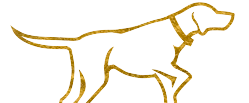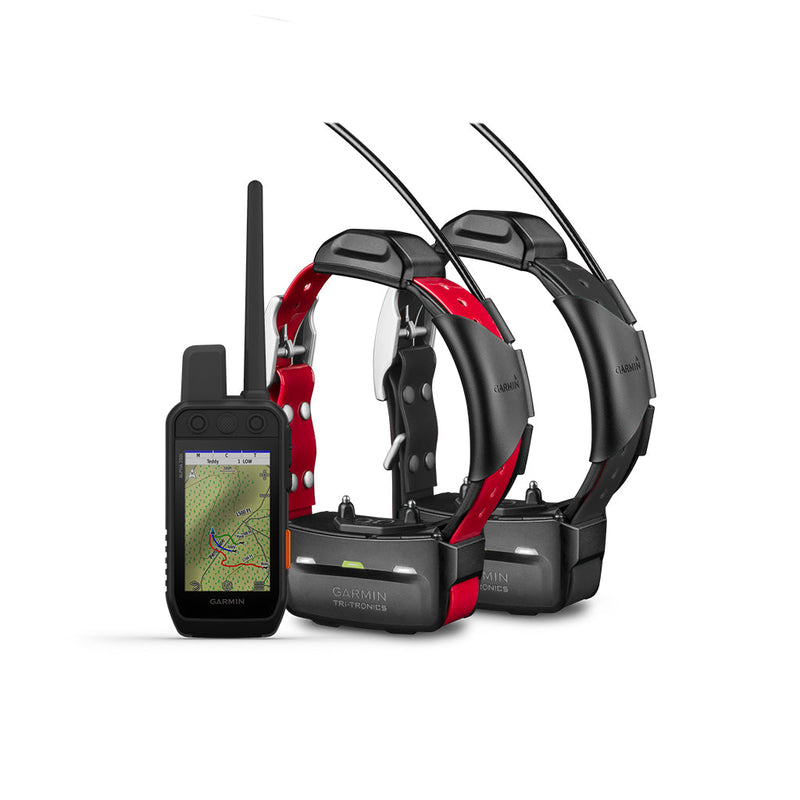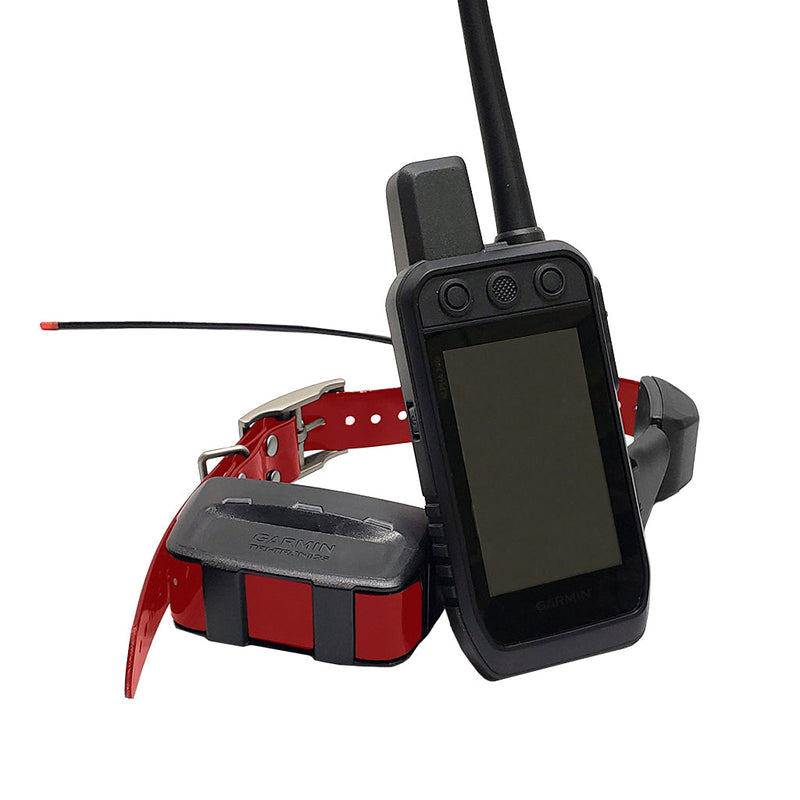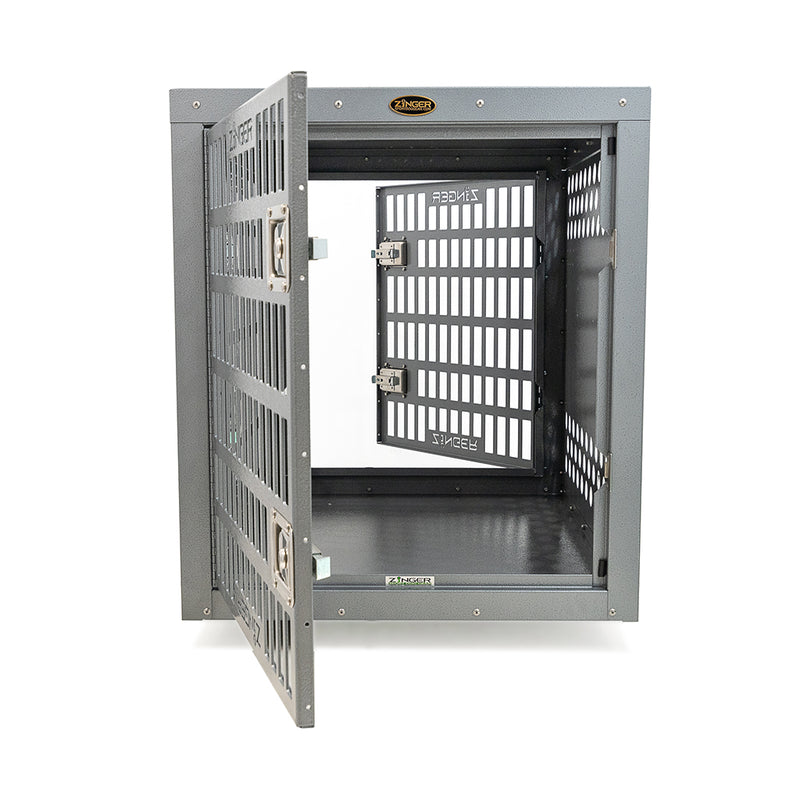Your Cart is Empty
Electronic Collars
Collars and Leads
Dog Tracking Systems
Dog Training
Bird Launchers
Hunting Dog Supplies
For The Hunter
Check Cords
November 08, 2013 2 min read
It is often nothing more than a length of rope with dog-snap on the end, yet this simple device has throughout history right till today, been one of the most important tools in a bird dog trainer's tool box. It is basically a longer leash, and mostly for the same purpose, to allow the dog a certain degree of freedom to move around, but still be largely under control.
In Delmar Smith's book, he recommended dunking the rope into a muddle puddle and letting it dry several times to make it more stiff than ordinary ropes. Mine was already stiff when I bought from LC Supply 20 nearly years ago. Stiff cords allow a bit less slack and do not tangle easily in cover or weeds.
One time, I was check cording a strapping five month old pup. He was dragging the cord around because he was just at that age when pups start to "eel their oats? and he was at the very beginning stages of not wanting to come to me when the session ended. I called, he ran by not close enough for me to touch. I lunged and secured the last bit of cord, and, just as I was getting a good grip, he hit the end of it and the collar he was wearing broke away. The owner had sent the dog with us with one of those collars which, to fasten, you squeeze the ends of plastic piece, push it into a hole in another plastic piece it snaps together. But it was my fault really as I should have changed it. The point is that the check cord of no use if it is not snapped into a strong collar on the dog.
Two other quick but important points. If you want a dog to work in any kind of cover, a dragging check cord, especially on a young dog, makes the going even more difficult and can "each? dogs to avoid cover and seek the easy footing. I only do it, as above, to address a specific issue and even then with caution. Secondly, an old time trainer, now deceased, told me a story of a dog that he was training that he lost with a cord on. He looked and looked without success. Months later, the dogs bones were found and clearly, the dog had gotten tangled in the cover and there died a slow, tragic death.
The trainer told that the dog didn't bark. The story, clearly, haunted him probably thirty years hence, and just hearing it haunted me. So, if you do allow a dog to drag a cord, make sure there are other layers of protection on the dog, bells, beepers, shock collars, and tracking collars and such. Don't take the chance.
-Ryan Frame, LCS Elite Crew
Leave a comment
Comments will be approved before showing up.

Subscribe
Sign up to get the latest on sales, new releases and more …




